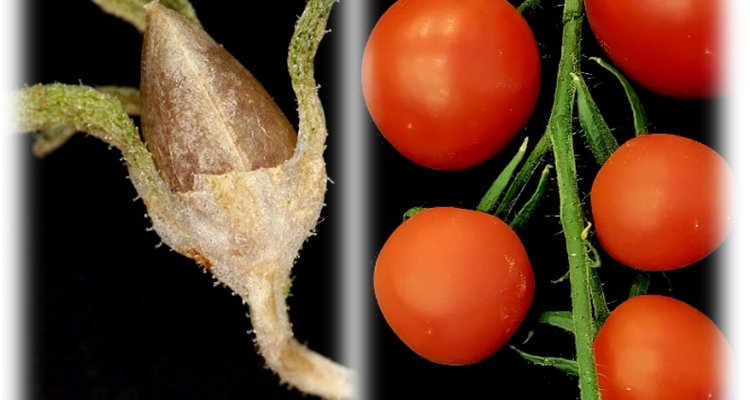
Thesis subject
Evolution of regulatory motifs involved in fruit development in the Solanaceae
The Solanaceae family is very suitable to study fruit evolution, because it contains both species with dry and fleshy fruit types. We know already that important key regulators of fruit development are conserved in both the fleshy-fruited Solanum lycopersicum (tomato), and the dry-fruited Petunia hybrida (petunia), but it is still a mystery how a fruit evolves from dry to fleshy and vice versa.
In this project, we will therefore investigate to which extent the target genes of the key regulators FRUITFULL (FUL) and APETALA 2 (AP2) are conserved between dry- and fleshy-fruited Solanaceae species.
In this project, we will therefore investigate to which extent the target genes of the key regulators FRUITFULL (FUL) and APETALA 2 (AP2) are conserved between dry- and fleshy-fruited Solanaceae species.
This involves:
-Cloning the orthologous FUL and AP2 transcription factor proteins from different Solanaceae species.
-Produce FUL-3xFLAG and AP2-3xFLAG fusion proteins and test their functionality using EMSA.
-Generate genomic DNA libraries for the different species.
-Perform DNA affinity purification followed by high-throughput sequencing to get a genome-wide overview of binding sites.
-Identify syntenic regions between the genomes.
-Analyse the conservation and divergence of binding sites in the syntenic regions.
-Confirm the identified divergent sites with EMSA.
Requirements
Interest in the project and basic knowledge of molecular biology.